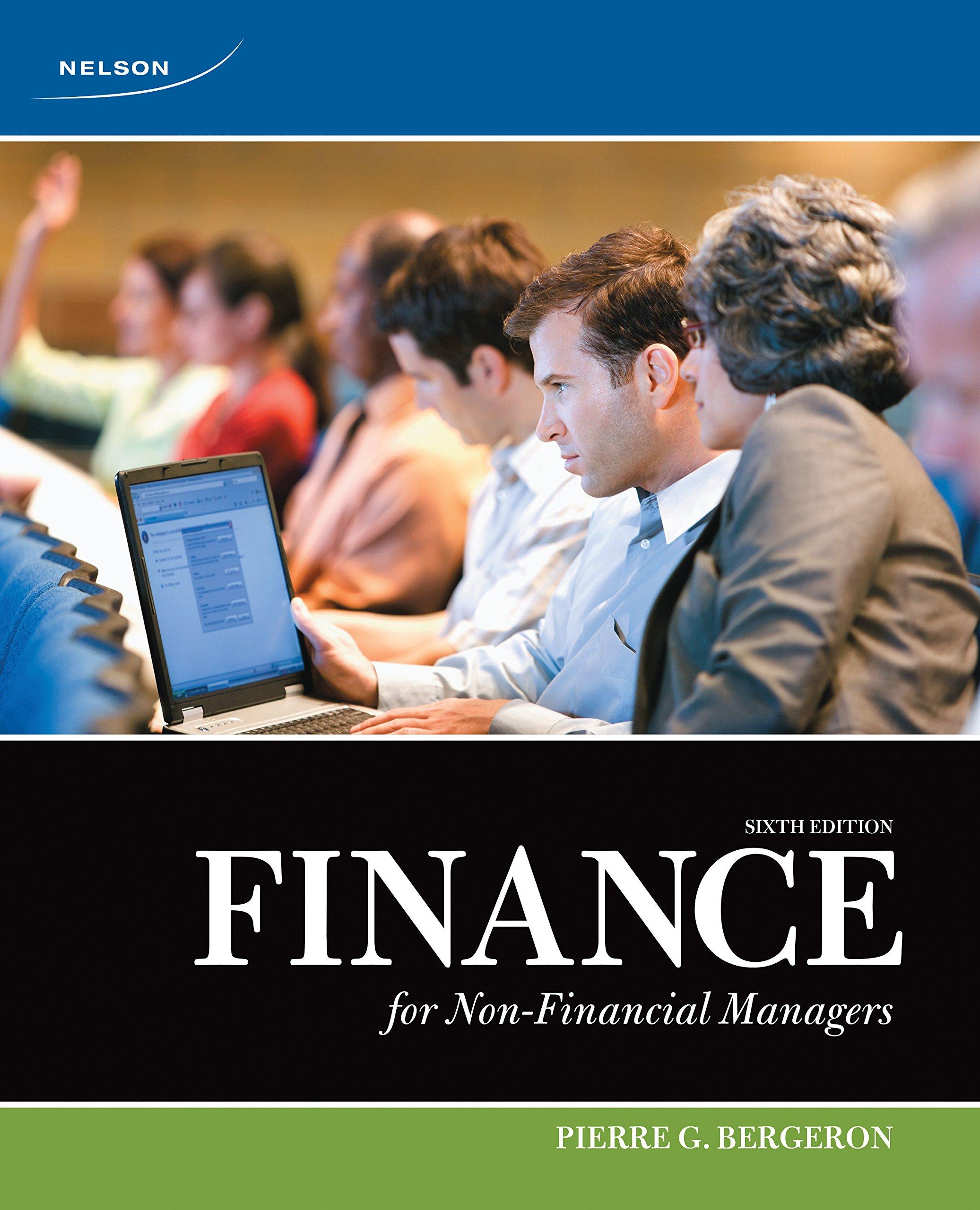Question
You have been asked to use a CAPM analysis to choose between Stocks R and S, with your choice being the one whose expected rate
You have been asked to use a CAPM analysis to choose between Stocks R and S, with your choice being the one whose expected rate of return exceeds its required return by the widest margin. The risk-free rate is 4.00%, and the required return on an average stock (or the "market") is 10.00%. Your security analyst tells you that Stock S's expected rate of return is equal to 11.00%, while Stock R's expected rate of return is equal to 12.00%. The CAPM is assumed to be a valid method for selecting stocks, but the expected return for any given investor (such as you) can differ from the required rate of return for a given stock. The following past rates of return are to be used to calculate the two stocks' beta coefficients, which are then to be used to determine the stocks' required rates of return:
| Year | Stock R | Stock S | Market |
| 1 | 22.00% | 3.00% | 11.00% |
| 2 | 3.00% | 6.00% | 8.00% |
| 3 | 21.00% | 15.00% | 25.00% |
Note: The averages of the historical returns are not needed, and they are generally not equal to the expected future returns.
Refer to Exhibit 8A.1. Set up the SML equation and use it to calculate both stocks' required rates of return, and compare those required returns with the expected returns given above. You should invest in the stock whose expected return exceeds its required return by the widest margin. What is the widest positive margin, or greatest excess return (expected return required return)?
| |||
| |||
| |||
| |||
|
Step by Step Solution
There are 3 Steps involved in it
Step: 1

Get Instant Access to Expert-Tailored Solutions
See step-by-step solutions with expert insights and AI powered tools for academic success
Step: 2

Step: 3

Ace Your Homework with AI
Get the answers you need in no time with our AI-driven, step-by-step assistance
Get Started


